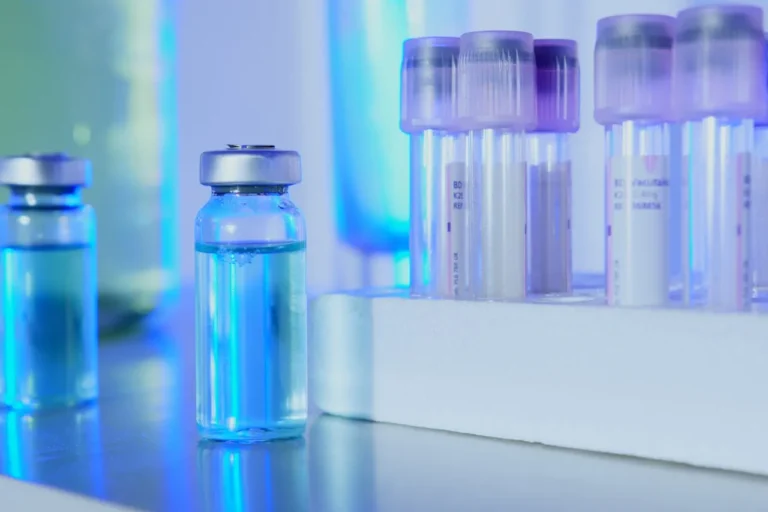
Takeda Releases Phase 3 Topline Results for Soticlestat (TAK-935) in Dravet Syndrome and Lennox-Gastaut Syndrome
OSAKA, Japan & CAMBRIDGE, Mass.–(BUSINESS WIRE)–Takeda (TSE:4502/NYSE
The SKYLINE trial (TAK-935-3001) was a multicenter, randomized, double-blind Phase 3 study examining soticlestat (TAK-935) alongside standard care versus placebo with standard care in patients with refractory Dravet syndrome (DS).1 Soticlestat narrowly missed the primary endpoint of reducing convulsive seizure frequency from baseline compared to placebo (p-value = 0.06). However, it demonstrated clinically meaningful and nominally significant outcomes in secondary endpoints such as responder rates, caregiver and clinician global impression of improvement, and measures of seizure intensity and duration scales over the 16-week treatment period (all p-values ≤ 0.008).
The SKYWAY trial (TAK-935-3002) similarly evaluated soticlestat plus standard care versus placebo plus standard care in patients with refractory Lennox-Gastaut syndrome (LGS).2 Soticlestat did not meet the novel primary endpoint of reducing Major Motor Drop (MMD) seizure frequency from baseline compared to placebo.
Both studies also revealed nominally significant treatment effects in predefined patient subgroups on primary and secondary efficacy measures, including caregiver and clinician global impression of improvement, and seizure intensity and duration scales over the 16-week treatment period. Further analyses are ongoing.
Soticlestat demonstrated a generally well-tolerated safety profile in both trials, consistent with earlier findings.
Sarah Sheikh, M.Sc., B.M., B.Ch., MRCP, Head of Neuroscience Therapeutic Area Unit and Global Development at Takeda, expressed gratitude to participants, families, investigators, and clinical staff for their contributions. Sheikh noted, “Despite existing therapies, patients with DS and LGS face ongoing challenges, such as seizure burden and treatment tolerability. While we hoped for clearer primary endpoint results, we are encouraged by positive overall findings and anticipate discussions with health authorities to chart our next steps.”
In the Phase 2 ELEKTRA study, soticlestat demonstrated statistically significant reductions in seizures versus placebo across the combined DS and LGS population (p-value = 0.002) and specifically in the DS cohort (p-value = 0.0007) over the full treatment period.3 A pooled analysis of SKYLINE and the DS cohort from ELEKTRA also showed reduced convulsive seizure frequency versus placebo (p-value = 0.001).
Takeda intends to engage regulatory bodies to review the comprehensive trial data and will present findings from both Phase 3 trials at an upcoming scientific congress.
The company is assessing the financial implications of these outcomes, including potential impairment losses for intangible assets, for the first quarter ending June 30, 2024, and will communicate updates as necessary.




